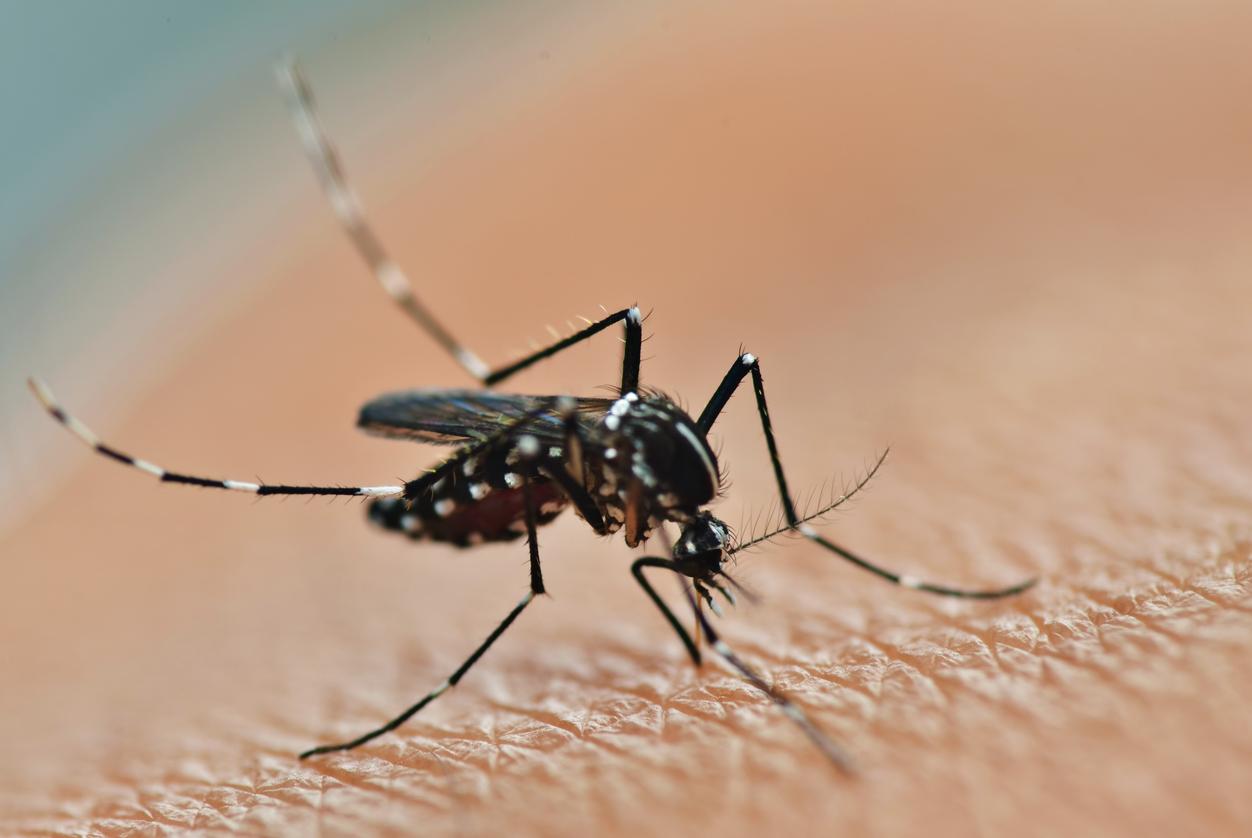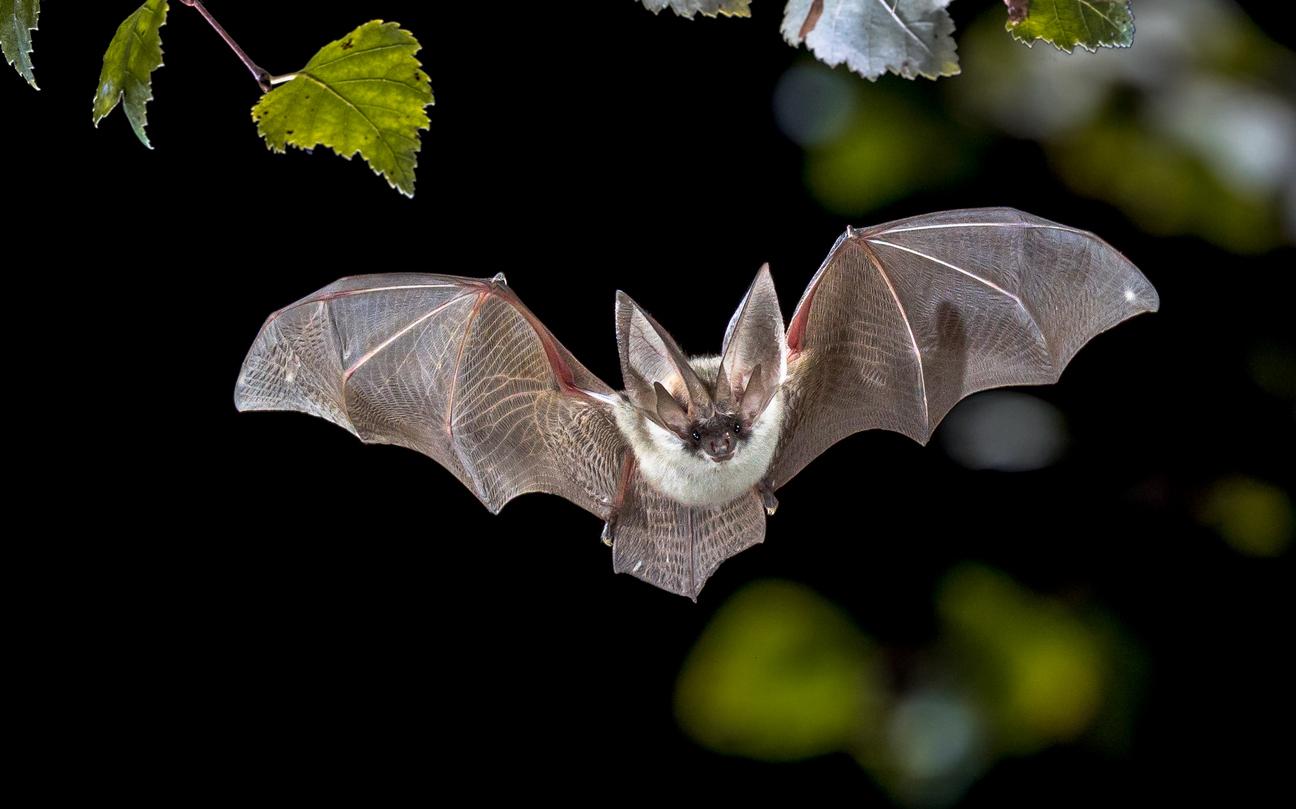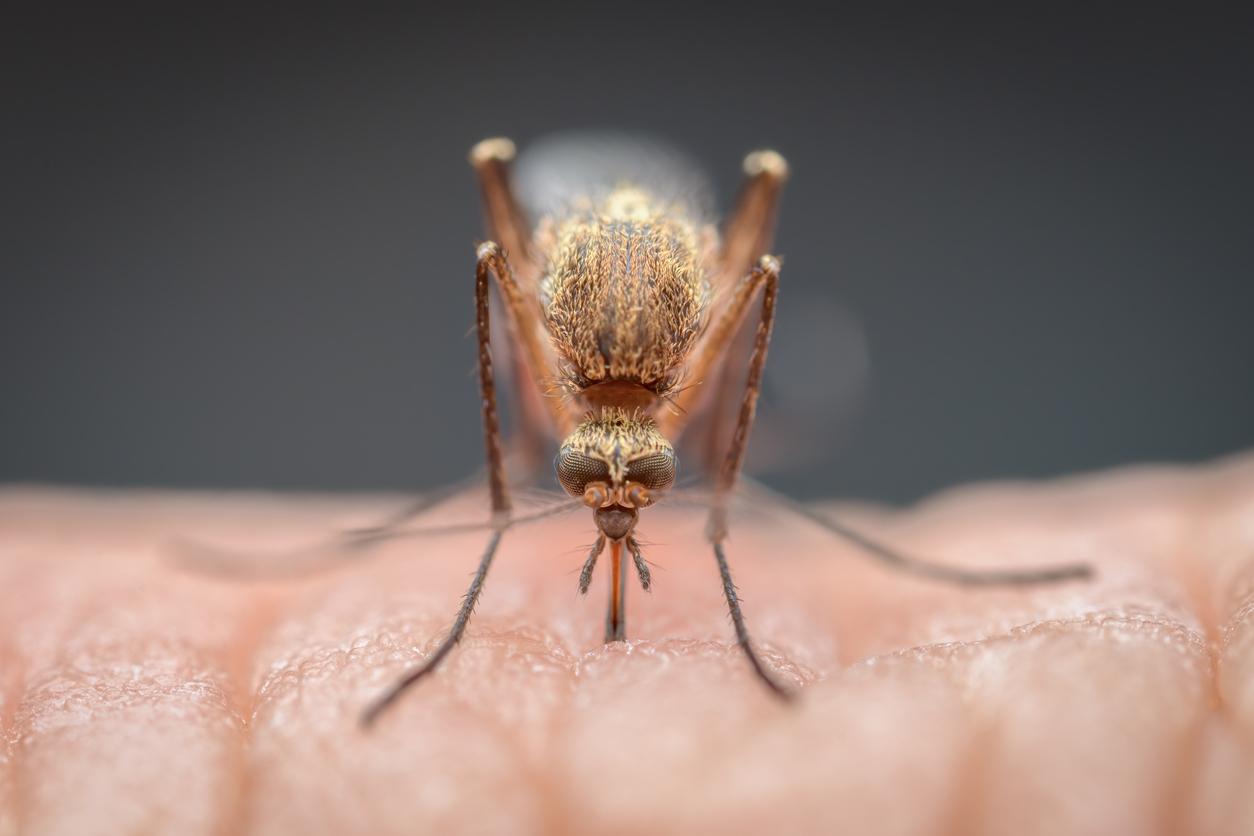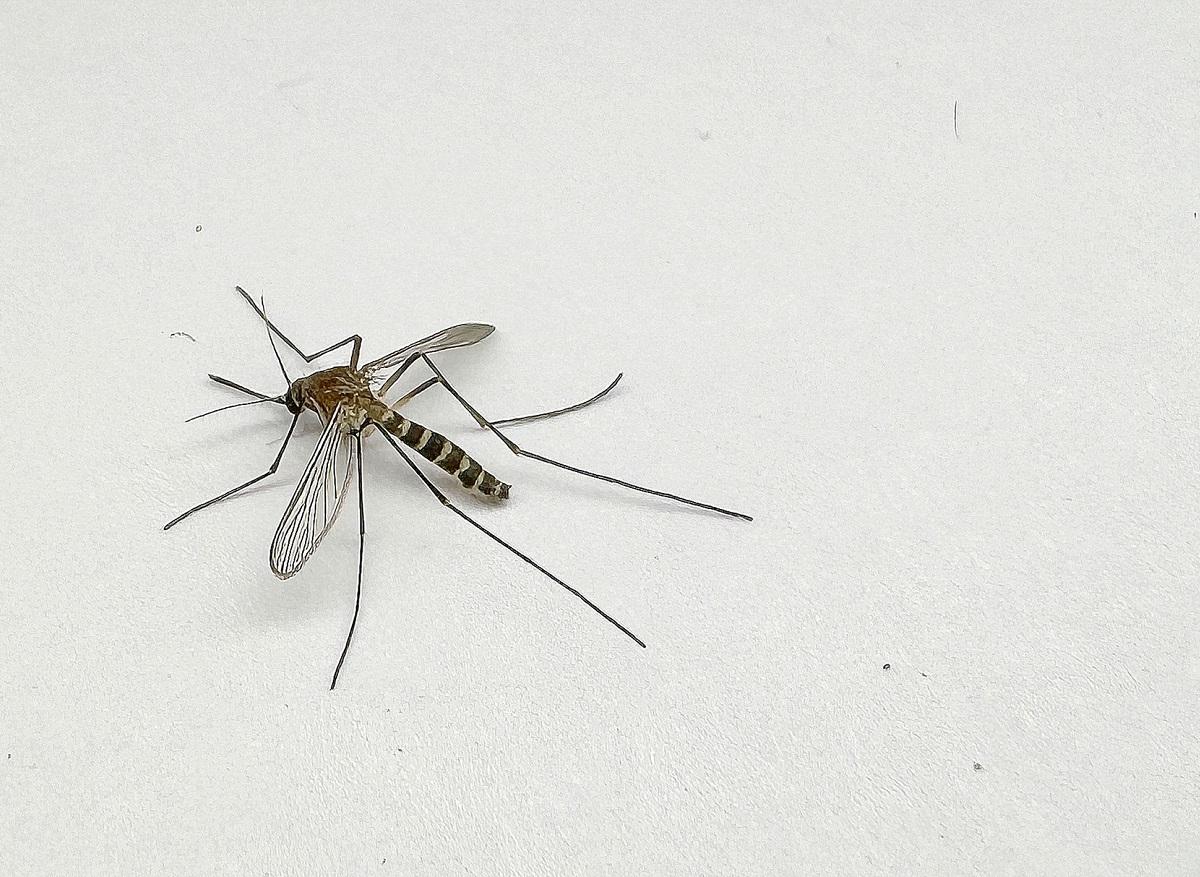In China, 35 people have been infected with a new virus, called “Langya”, probably transmitted by an animal.
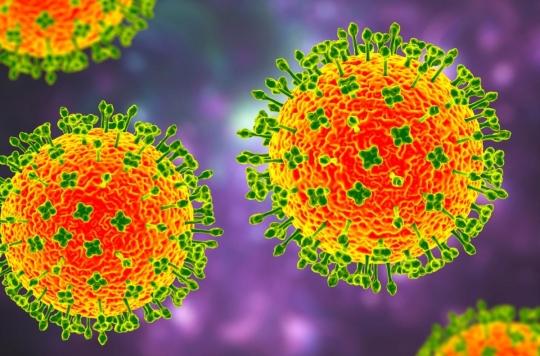
- The cases have been identified in Shandong and Henan provinces, China.
- Henipaviruses are zoonoses, viruses transmitted from animals to humans.
- Five different viruses have been identified among the henipaviruses.
Almost three years after the first cases of Covid-19, a new virus has been detected in China. Called Langea or LayV, it belongs to the henipavirus family. So far, 35 infected people have been identified in two Chinese provinces. In a report, published in the New England Journal of Medicinethe authors explain that “investigators in China have identified a novel henipavirus associated with a febrile human illness”and point out that the virus has also been found in shrews.
A virus to watch out for
The main symptoms of infected people were fever, cough and fatigue, and sometimes nausea and headaches. But they did not suffer serious symptoms and no one died. On Twitter, Francois Balloux, professor at University College London, explains that the Langya virus is not akin to a repetition of Covid-19. He observes that this new virus is much less lethal than other henipaviruses, and that it “probably not easily transmitted between humans“. To the Chinese media GlobalTimesWang Linfa, one of the authors of the study, specifies that there is “no reason to panic”. Although he warns that it is necessary to monitor the evolution of cases because “many viruses that exist in nature have unpredictable results when they infect humans”.
A new zoonotic virus called Langya henipavirus (LayV) has been characterised. 35 cases in humans have been found so far in 2 Chinese provinces. The first human infection identified dates back to 2018. Thus, it is not spreading fast in humans.
1/https://t.co/h638Idc8Fe pic.twitter.com/px8cAoJHwm— Prof Francois Balloux (@BallouxFrancois) August 9, 2022
Contamination by animals?
For the moment, no cluster has been identified. According to scientists, based in Australia, China and Singapore, the cases identified do not provide evidence of transmission of the virus between humans. The infected people seem to have been contaminated by animals. During the study, 27% of the shrews tested by the researchers were positive for the virus. They could be “tanks natural” for this new henipavirus.
More epidemics to come?
“The coronavirus will not be the last infectious disease to cause a pandemic in the world, as new infectious diseases will have an ever-increasing impact on human daily life.”warns Wang Xinyu, deputy chief physician of the infectious disease department of Huashan Hospital affiliated with Fudan University, in the article of the GlobalTimes. According to the American Center for Disease Prevention and Control, quoted by the BBCthree-quarters of new infectious diseases affecting humans come from animals.









